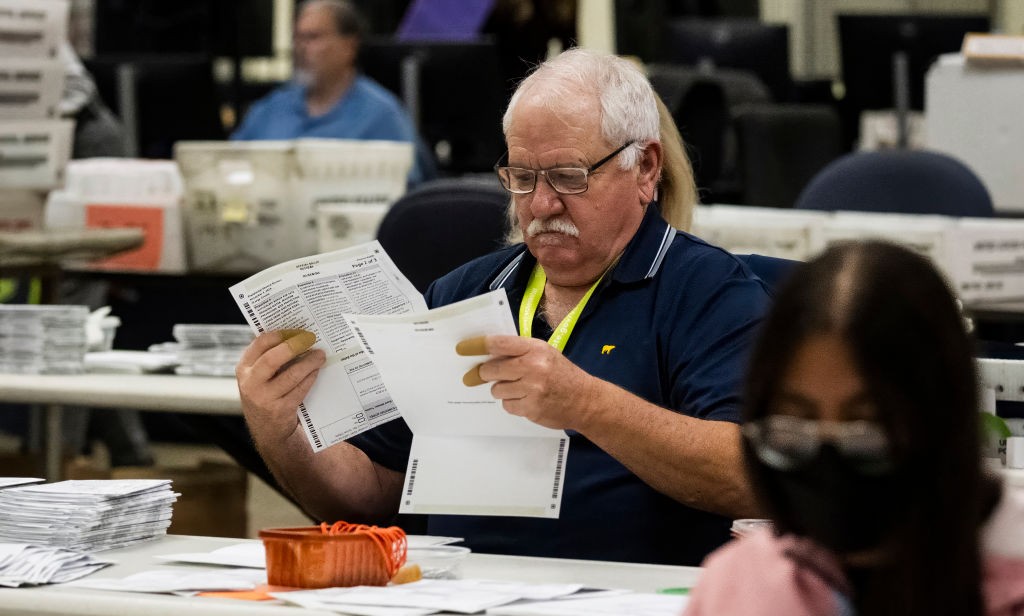
As election results roll in across the United States, some states announce their tallies within hours while others take weeks to finalize counts. California and Florida - two of the nation's most populous states - sit on opposite ends of this spectrum, highlighting how different approaches to vote counting can dramatically affect reporting timelines.
California typically requires several weeks to process all ballots, while Florida generally completes its count within days after an election. In recent elections, Florida reported nearly 99% of results just hours after polls closed, while California continued counting for up to a month afterward.
These stark differences stem from each state's distinct priorities and procedures in managing elections. The U.S. Constitution provides broad guidelines for national elections but leaves specific details to individual states, allowing them to develop their own systems and timelines.
The extended counting period in California reflects the state's focus on accessibility and inclusivity in voting. California accepts mail-in ballots that arrive up to seven days after Election Day, as long as they are postmarked by election day. The state also allows voters to fix signature mismatches on ballots and has extensive provisional voting options.
In contrast, Florida emphasizes speed and efficiency in its counting process. The state begins processing mail-in ballots weeks before Election Day and has earlier deadlines for ballot receipt. Florida requires mail-in ballots to arrive by Election Day, giving officials a clear cutoff point for counting.
Neither approach is inherently better - they simply reflect different priorities. California's system prioritizes maximum voter participation and ballot access, accepting that this requires more time for processing. Florida's system emphasizes rapid results, while maintaining different standards for ballot acceptance.
These variations in vote counting procedures demonstrate how state-level decisions shape the election experience. While some voters may prefer quick results, others might value systems that prioritize broader access to voting, even if that means waiting longer for final tallies.
Understanding these differences helps explain why election results emerge at different rates across the country, and why a slower count doesn't necessarily indicate problems with the process. It's simply a reflection of each state's chosen approach to managing their electoral systems.